|
|
ADDRESS AT THE FOUNDATION STONE LAYING CEREMONY OF THEDR. B.C. ROY MULTI-SPECIALITY RESEARCH CENTRE, IIT, KHARAGPUR, WEST BENGAL
17-05-2007 : IIT, KHARAGPUR
Great Minds Emanate from Creative Environment
"Past meets the present and creates the future"
I am indeed delighted to be with the students and faculty of IIT Kharagpur which has done pioneering work in many fields. I was visiting IIT Kharagpur quite often, when I was the Project Director of SLV III and the Chief of missile programme. I have worked with many of the professors and research students of this campus. I still cherish the company one of my close associate during the SLV III programme, Shri Ved Prakash Sandlas, who is an alumni of IIT Kharagpur. I am very happy IIT Kharagpur has started a school of Medical Science and Technology and is establishing a Multi Specialty Research Centre now. I am sure with this combination, a world class medical research facility will emerge.
I am very happy that this institution Multispecialty research centre is named after the great personality of India, Dr. BC. Roy, who was a freedom fighter and a professional doctor. He has done so much to the country in medical and political system. Dr. B.C. Roy believed that Swaraj would remain a dream unless the people were healthy and strong in mind and body. He made contributions to the organization of medical education, established hospitals, medical college, and centre for training women in nursing and social work. I am sure this name will be ringing in the minds of all the students and faculty members and the tradition of service set by Dr. B.C. Roy will be followed.
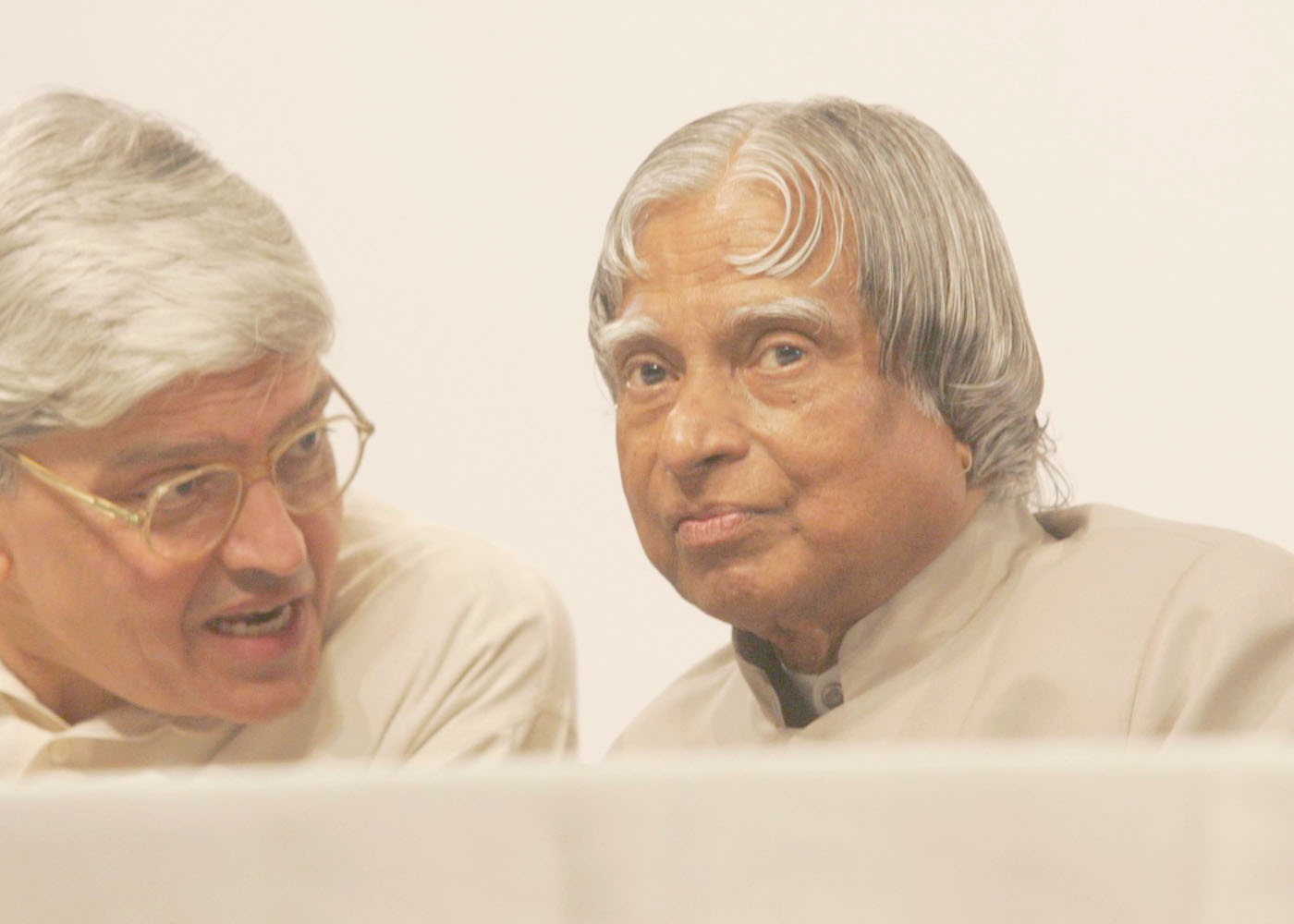

Science is the foundation for societal transformation
Dear young friends, I would like to share the uniqueness of five great minds, all of them Nobel Laureates, each one having unique traits which symbolize Science is about converting challenges into opportunities, Value of Science; Science as a Life time mission; Science is Borderless; and Scientific Magnanimity.
Let me now talk to you about the five great minds having those traits, which I just mentioned. Friends, if you acquire any of one of them or few of them or all of the traits, you will be heading towards becoming a Nobel Laureate or you will make a difference to our Planet. Let us go into details.
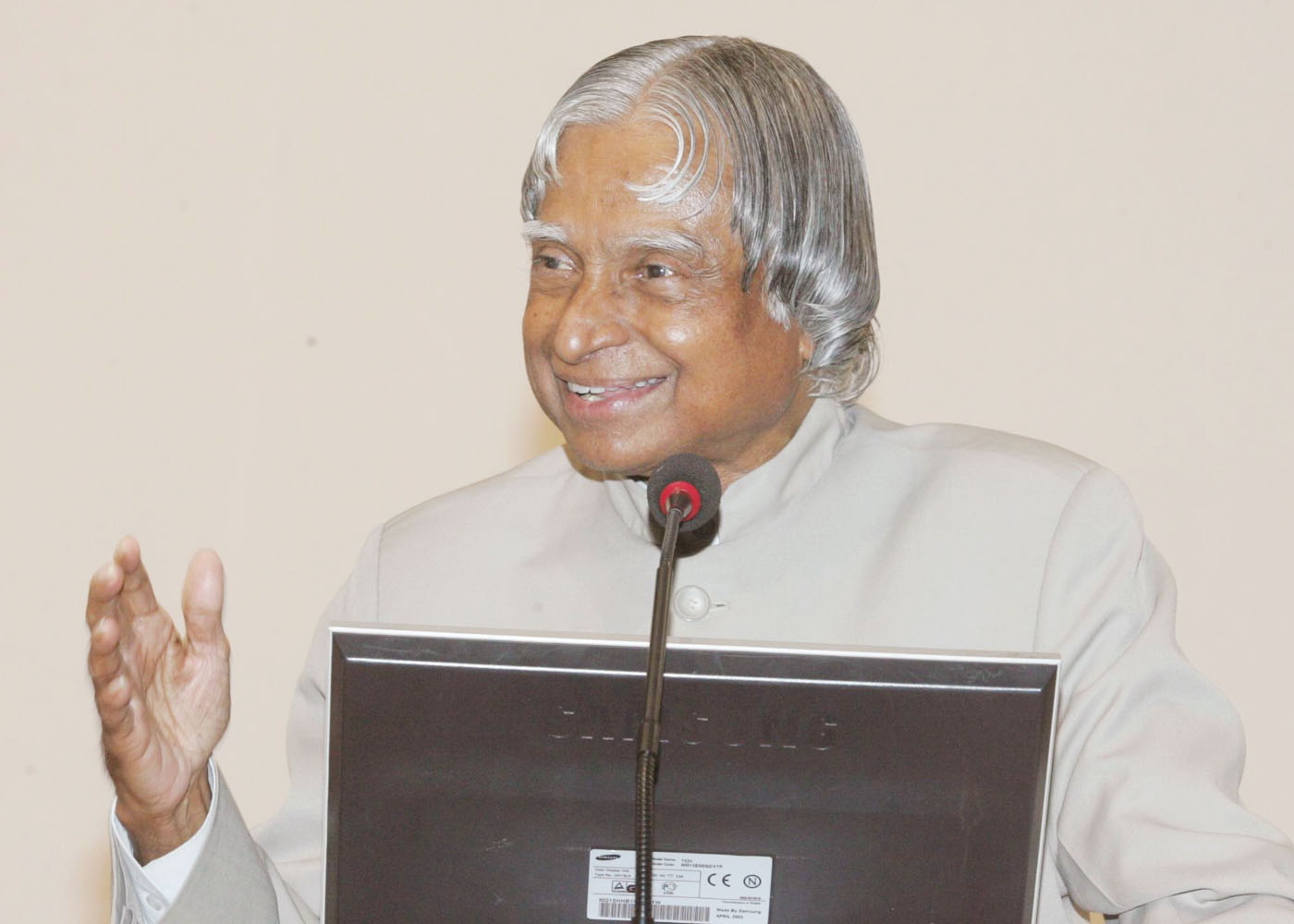

The traits of Nobel minds
Science is about Converting challenges into opportunities: Prof. Paul Crutzen (Chemistry, 1995) got Nobel Price for Chemistry for demonstrating that the chemical compounds of Nitrogen Oxide accelerate the destruction of Stratospheric Ozone, which protects the Earth from the Sun?s ultraviolet radiation. From the young age, Paul Crutzen was challenged by war, family conditions, and his atmospheric research interest was shining despite different types of work environment. He is indeed an example of how a strong mind can defeat problems and succeed.
In his younger days itself, Paul Crutzen was fond of Physics and Mathematics and also he was a good chess player. For many years, Crutzen longed for an academic career and accidentally joined Meteorology Department of Stockholm University as a programmer. There he programmed a model of tropical cyclone. Also, he attended some of the lecture courses and fulfilled the requirement of Master of Science degree taking the combination of Mathematics, Mathematical Statistics and Meteorology. Time constraints did not permit him to pursue Physics or Chemistry which needed large amount of laboratory work. With this background, he took up Ph.D. thesis on a meteorological topic using his experience in the development of numerical model of a tropical cyclone. Simultaneously, he was given a task of helping a scientist from US to develop a numerical model of the oxygen allotrope distribution in the stratosphere, mesosphere and thermosphere. He got interested in this project leading to the study of photochemistry of atmospheric ocean and started an intensive study of the scientific literature which provided him the initial conditions for his scientific career. With this experience, he also changed the research topic to stratospheric chemistry. It is extraordinary that even though his earlier circumstances did not permit him to take up the pure science studies, his inherent passion enabled him to achieve at the highest level on the pure science related to atmospheric science. Here is a scientist who converted all the challenges into opportunities in pursuit of his life time mission.
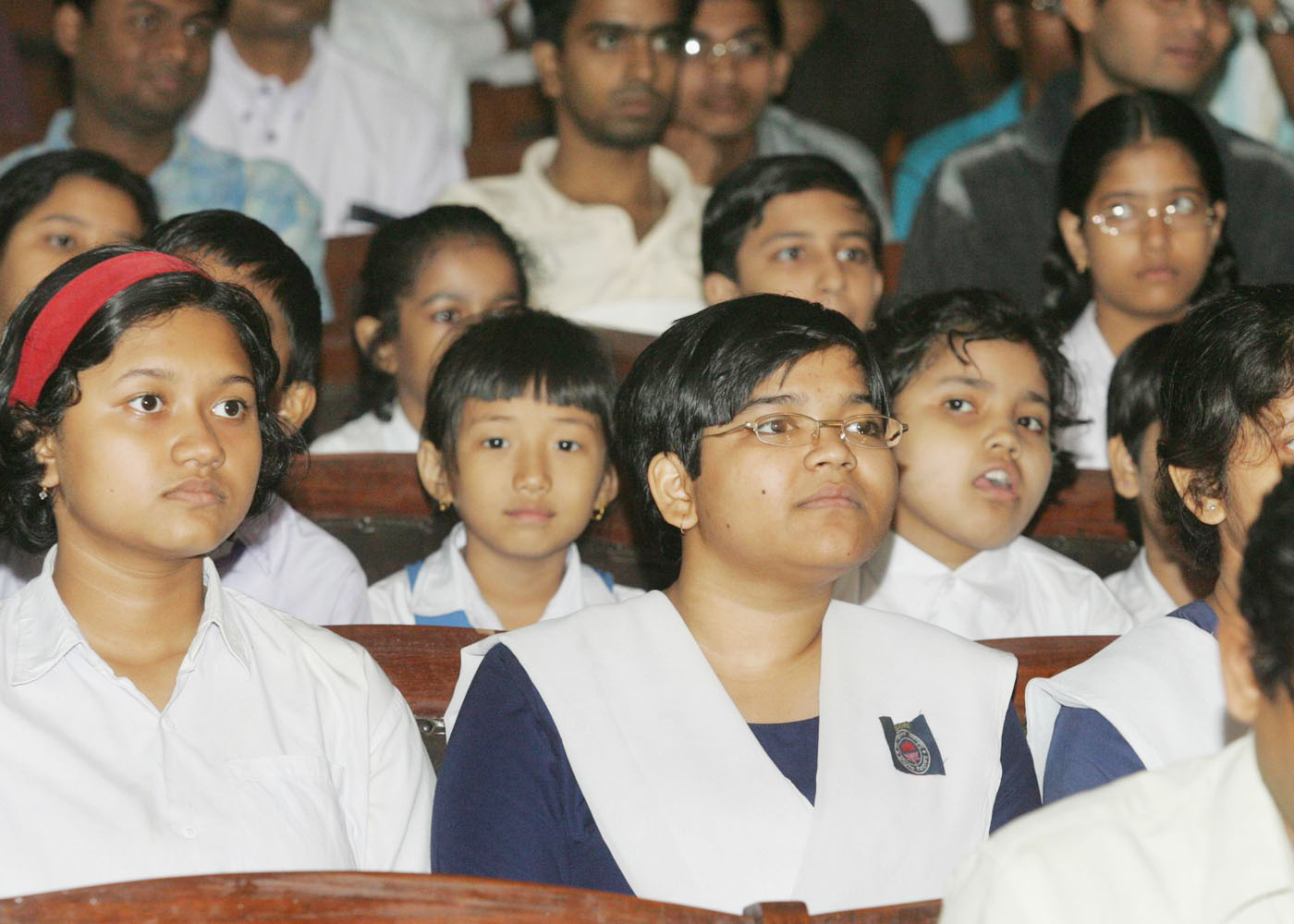
Value to Science: Since I am in the midst of Scientists, Technologists, research scholars and students, I thought of sharing with you an incident about Sir CV Raman ?a Nobel Laureate in Physics for discovering Raman Effect. Raman gives the view that the color of sky is blue due to molecular diffraction which determines the observed luminosity and in great measures also its color. This led to the birth of the Raman Effect. Raman was in the first batch of Bharat Ratna Award winners. The award ceremony was to take place in the last week of January, soon after the Republic Day celebrations of 1954. The then President Dr. Rajendra Prasad wrote to Raman inviting him to be the personal guest in the Rashtrapati Bhavan, when Raman came to Delhi for the award ceremony. Sir CV Raman wrote a polite letter, regretting his inability to go. Raman had a noble reason for his inability to attend the investiture ceremony. He explained to the President that he was guiding a Ph.D. student and that thesis was positively due by the last day of January. The student was valiantly trying to wrap it all up and Raman felt, he had to be by the side of the research student, see that the thesis was finished, sign the thesis as the guide and then have it submitted. Here was a scientist who gave up the pomp of a glittering ceremony associated with the highest honour, because he felt that his duty required him to be by the side of the student. It is this unique trait of giving value to science that builds science. Next, let me highlight how science becomes a life time mission for Chandrasekhar Subramanyan.
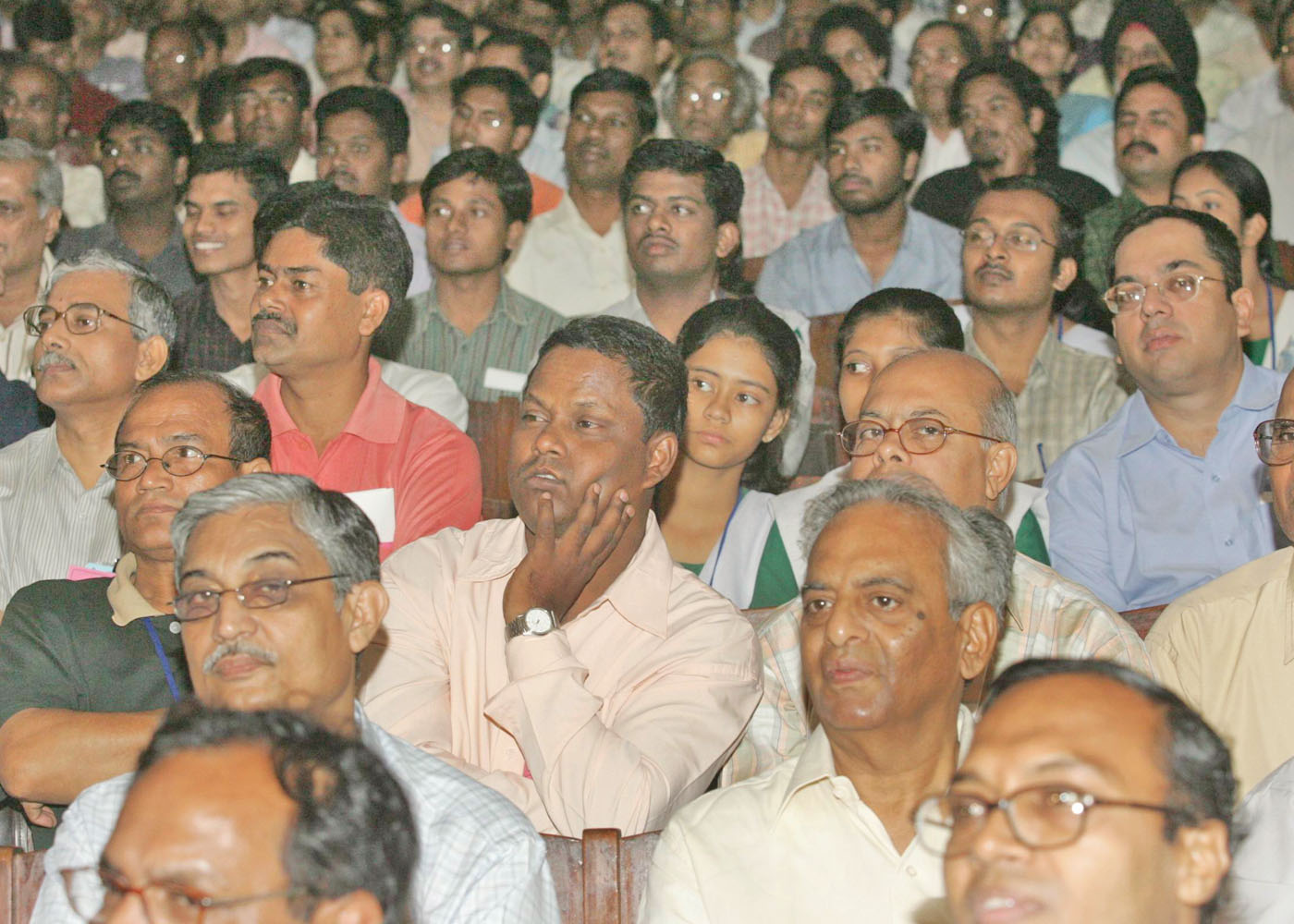
Science as a Life time mission: Chandrasekhar Subramanyan?s most famous discovery was the astrophysical Chandrasekhar limit. The limit describes the maximum mass (~1.44 solar masses) of a white dwarf star, or equivalently, the minimum mass for which a star will ultimately collapse into a neutron star or black hole following a supernova. The limit was first calculated by Chandrasekhar while on a ship from India to Cambridge, England. The Chandrasekhar Limit led to the determination of how long a star of particular mass will shine. In 1983, Chandrasekhar Subramanyan got the Nobel Price for this discovery.

Two of Chandrasekhar's students in 1947 were the doctoral candidates Tsung-Dao Lee and Chen Ning Yang in Particle Physics research. Even though Chandrasekhar Subramanyan maintained his office at the Yerkes Observatory in Lake Geneva, Wisconsin, he would regularly drive the one hundred miles to Chicago to guide and teach Lee and Yang and others many a times in difficult weather conditions. In 1957, these two of his students won the Nobel Prize in Physics for their work in particle physics research. This also brings out Chandrasekhar Subramanyan?s commitment to science and there by to his students. Science indeed is a life time mission for Chandrasekhar. It is this characteristic which makes youth to become passionate towards science.
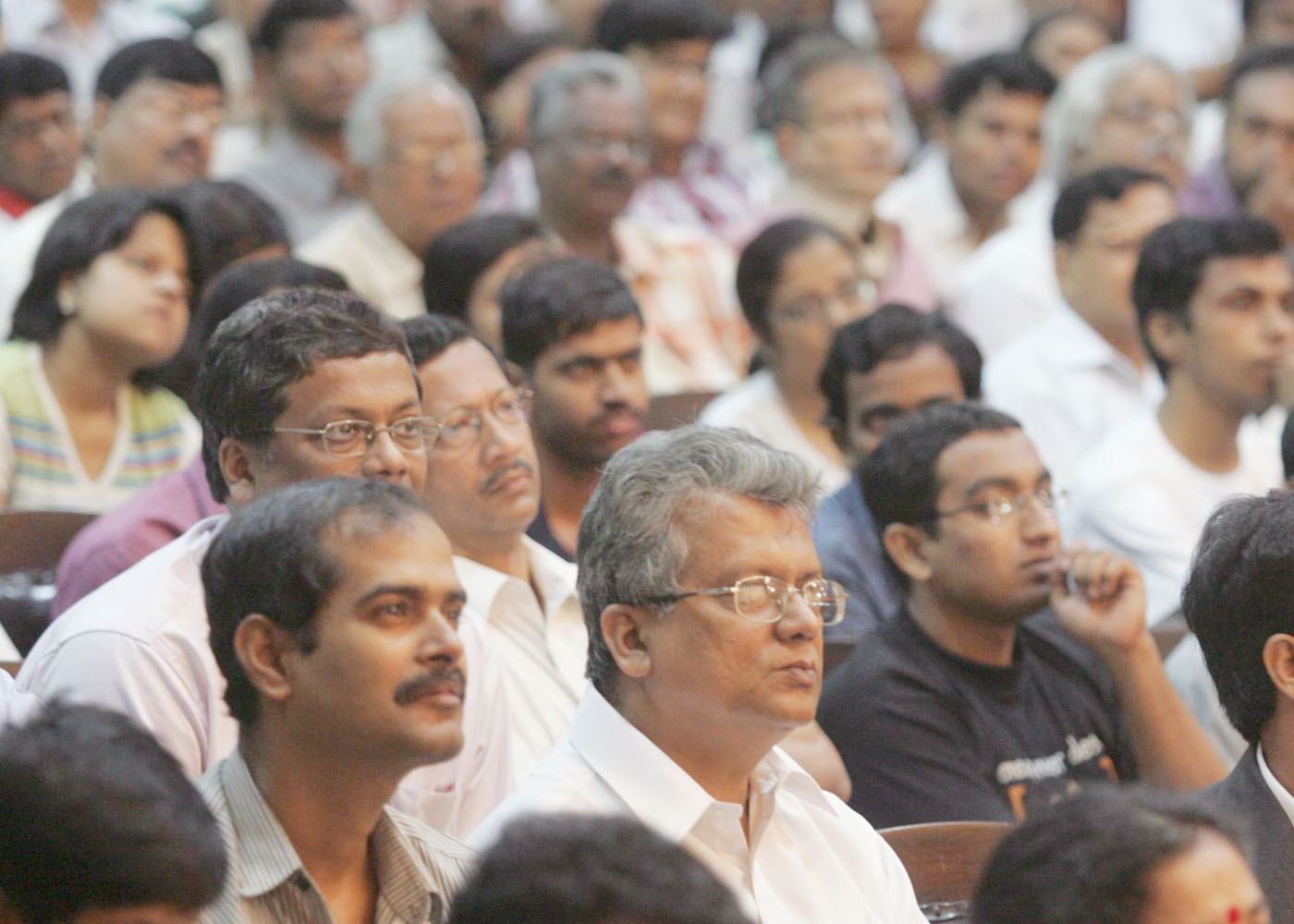
Science is Borderless: Prof. Bert Sakmann - a German medical doctor and a research scientist who in 1991, together with German Physicist won the Nobel Prize for medicine for research into basic cell function and for their development of the patch-clamp technique. This technique conclusively established the existence of characteristic set of ion (+ve and ?ve) channels in cell membranes, that in turn established the role it plays in diseases like diabetes, cardiac, epilepsy and certain neuromuscular disorder.

Prof Bert Sakmann who did his elementary education in a rural background had a passion for Physics and Engineering in school days. He got interested in Cybernetics in the final year school, since he realized that living organisms could be understood in engineering terms. Thus, the seed of inter-disciplinary research was firmly rooted in him in a very young age. He enrolled himself for medical education. After foundation courses in bio-chemistry and physiology, he did his doctoral thesis in electro physiology. He attended medical schools in Freiburg, Berlin and Paris. As a doctoral student, he worked on electro-physiological basis of pattern recognition. For this, he closely worked with electrical and computer scientists. He learnt the basic mechanism of vision. Later, he ran his own laboratory in physiology in close collaboration with physio-chemical and bio-chemical departments. In his own words, he enjoyed working with fellow scientists on scientific adventures. Now, here we can find a doctor and a researcher with the capability of working in multiple laboratories simultaneously and becoming a team scientist, sharing the research, sharing the work and sharing the rewards too. He is the real example for ?Science is borderless?.

Scientific Magnanimity: Now, I would like to narrate an incident which took place during a function conferring Nobel Laureate Prof. Norman E Borlaug, a well known agricultural scientist and a partner in India?s first Green revolution, with Dr. M S Swaminathan Award, at Vigyan Bhavan, New Delhi on the 15th of March 2005. Prof. Borlaug, at the age of 91, was in the midst of all the praise showered on him from everybody gathered there. When his turn came, he got up and highlighted India?s advancement in the agricultural science and production and said that the political visionary Shri C. Subramaniam and Dr. M S Swaminathan, pioneer in agricultural science were the prime architects of First Green Revolution in India. Even though Prof Norman Borlaug was himself a partner in the first green revolution, he did not make a point on this. He recalled with pride, Dr. Verghese Kurien who ushered White Revolution in India. Then the surprise came. He turned to scientists sitting in the third row, fifth row and eighth row of the audience. He identified Dr. Raja Ram, a wheat specialist, Dr S K Vasal, a maize specialist, Dr. B. R. Barwale, a seed specialist. He said, all these scientists had contributed for India?s and Asia?s agricultural science. Dr. Borlaug introduced them to the audience by asking them to stand and ensured that the audience cheered and greeted the scientists with great enthusiasm. This action of Dr. Norman Borlaug, I call it as ?Scientific Magnanimity?. Friends, if we aspire to achieve great things in life, we need Scientific Magnanimity to focus the young achievers. It is my experience that great mind and great heart go together. This Scientific Magnanimity will motivate the scientific community and nurture team spirit.
With this background of unique traits of great minds, dear young friends, now it is time to have a great dream in life, dream transform into thoughts, thoughts results into action. To further, what can be the challenges infront of you, let me share with you some of our national missions. We have a roadmap for becoming an economically developed nation for fulfilling the aspiration of a billion democratic people of multi-religion, multi-lingual and multi-culture. Our human resources particularly the 540 million youth will make this mission a reality using science and technology as a tool with the available bio-diversity and natural resources.
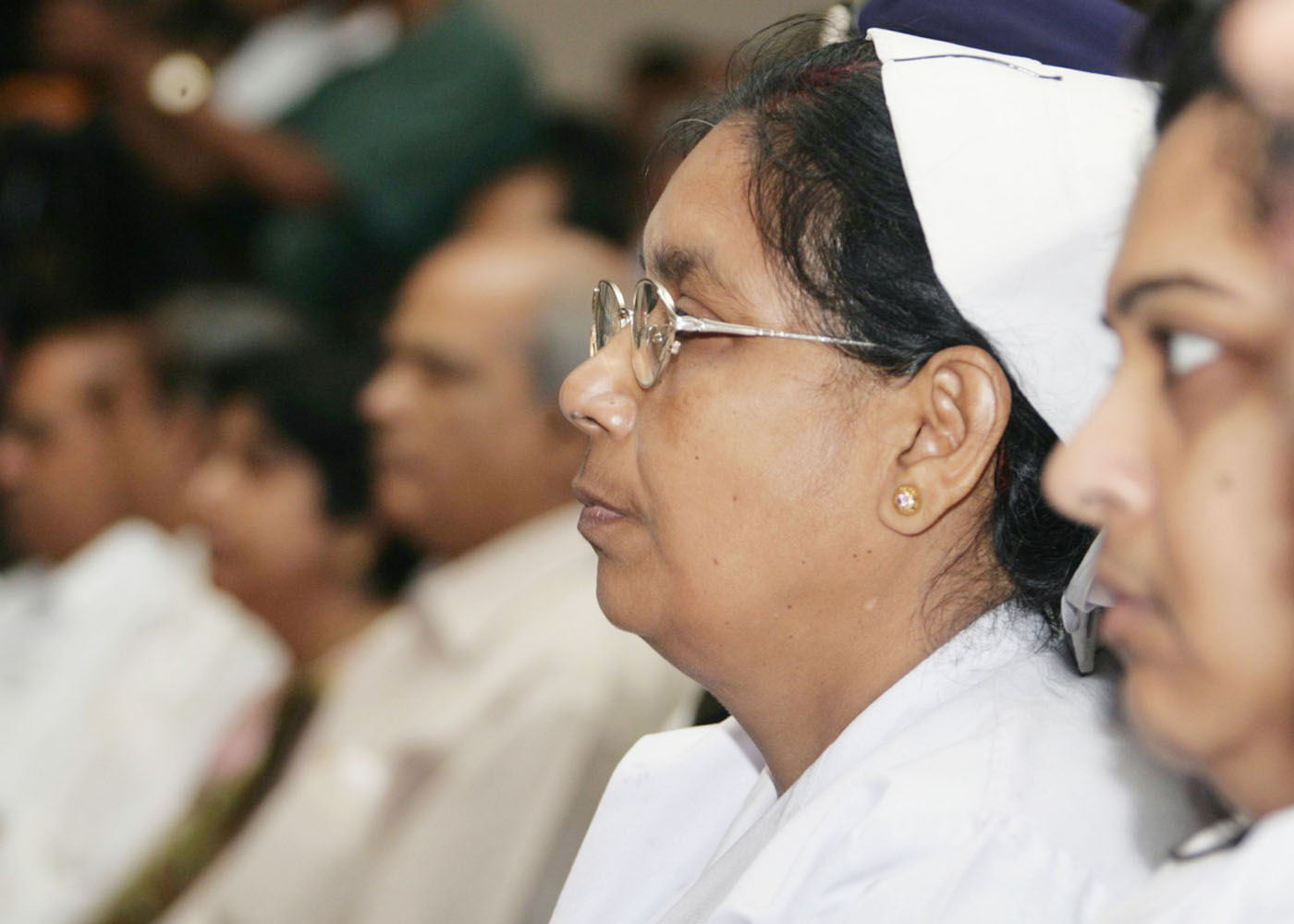

Nation is on the path of prosperity
Indian Economy is in an ascent phase. There is considerable growth in the manufacturing and service sectors. Still our major population who are living in the rural sector have not realized the benefits of the economic growth. Nearly 220 million people have to be lifted by upgrading their quality of life in both rural and urban areas. Even though the GDP growth indicates our economic growth, people?s participation is essential for achieving the required targets, focusing the growth of national prosperity index. It is essential to ensure that the citizens are empowered with good quality of life encompassing nutritious food, good habitat, clean environment, affordable healthcare, quality education and productive employment, integrated with our value system drawn from civilizational heritage leading to the comprehensive development of the nation that will bring smiles in one billion people. These are indicators for the growth of the National Prosperity Index. To achieve this, we have a vision of transforming India into a developed nation before 2020, ( ) energizing and igniting the minds of all Indians. Scientist and technologists have an important role in realizing the missions of Developed India. To realize this vision, we need excellent minds for basic science, research, teaching and converting the results of research into applications for national development. Mutually beneficial international cooperation will be an important element of this transformation. Since today, we are commencing a new chapter in medical research at IIT, Karagpur, I would like to mention a key concern area in this discipline, which requires the attention of researchers and educators.
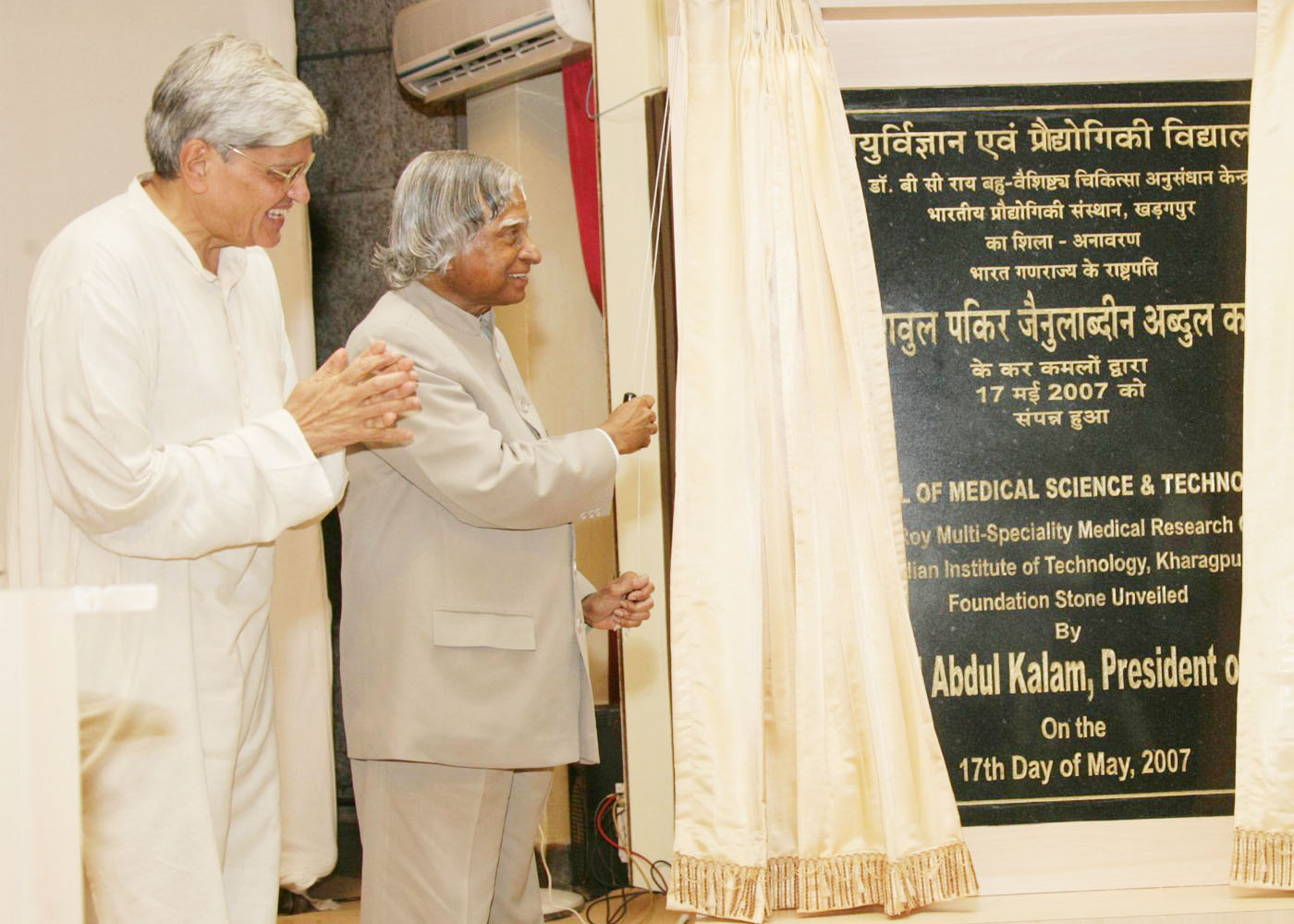

Safety of Health Care and Medical Electronics Products
Medical electronics products are increasingly being purchased and used in the home environment by average consumers or patients, sometimes subjecting themselves to high risk by using what are being called ?self care products?. It is better if such products are produced within the country, with indigenous technology and with local regulatory mechanisms on cost, quality and after-sales maintenance. This, at least, will ensure some control on safety measures and availability of quick antidotes.
Health care products needing concerted R&D effort are: Optoelectronics devices such as light sensors and color sensors that can be used in a variety of different medical applications?all the way from pulse oximetry and blood glucose monitors to drug delivery systems and other kinds of chemical analysis systems. These have to be seamlessly integrated with radio transmission and reception devices which are getting integrated into embedded medical chips. These may further get linked to feed back signals from automatic monitoring systems and devices for controlled release of drugs. But, are these wireless devices safe enough? I am sure the members of this research centre will work and establish safety norms and protection methods for safe use of wireless products.
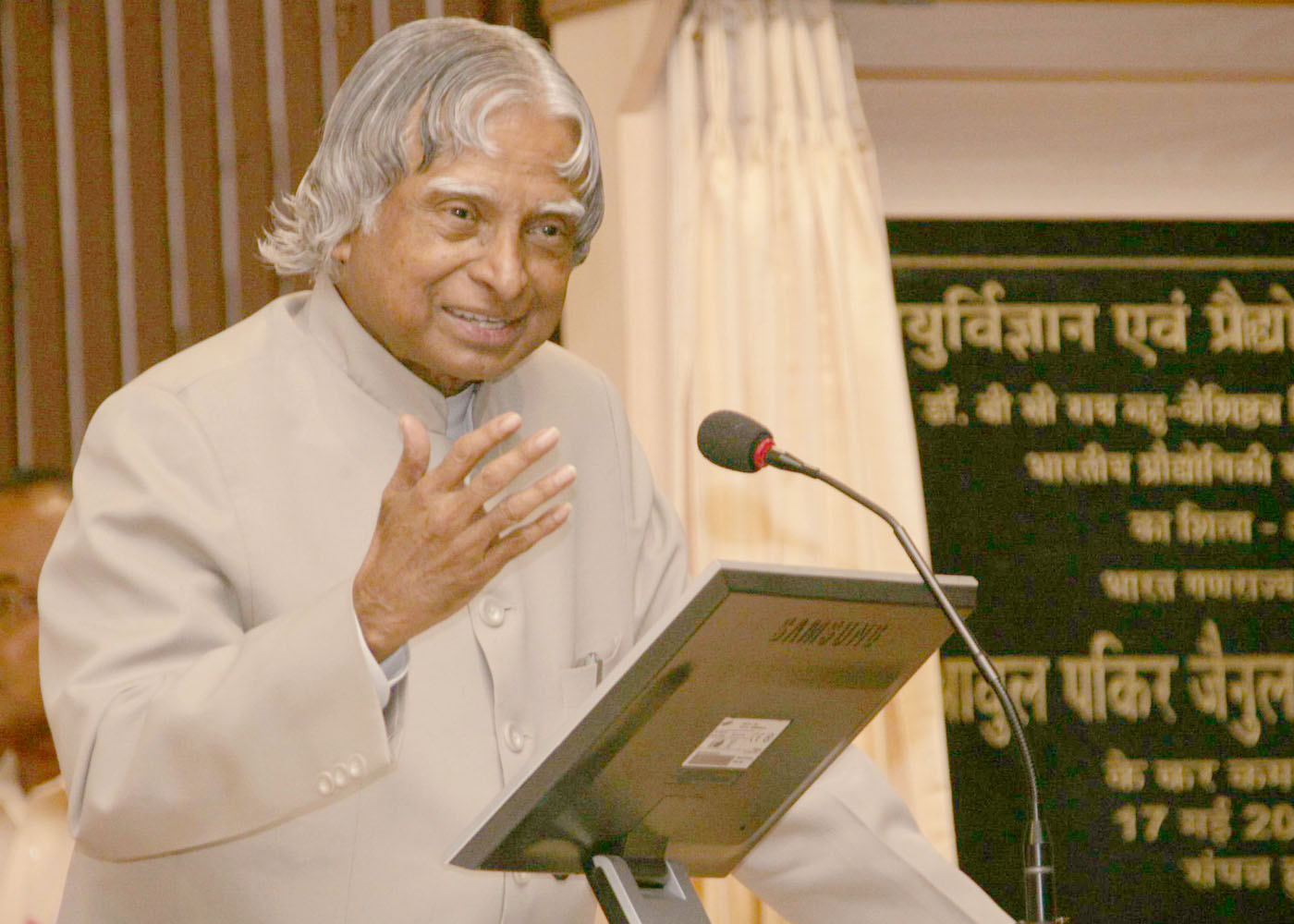

Conclusion
Country is moving into a knowledge era. There is a need for transforming our society into a knowledge society fast. IIT Kharagpur with its inherent strength in research and teaching, can take a pioneering action in establishing a virtual university system in West Bengal integrating all the engineering institutions in the State. This will help the higher education system to generate quality human capital needed for the knowledge era. This is important since economic development and the evolution of enlightened citizens for the nation will be the focus for the next two decades. Particularly, the School of Medical Science and Technology with its proposed Multi-Specialty Research Hospital, has to transform into a virtual medical research university drawing the best expertise from various institutions from the country and abroad.
With these words, I am happy to lay the Foundation stone for the Multi-Specialty Research Centre. My best wishes to all the members of IIT, Kharagpur success in all the education and research missions.
May God Bless.
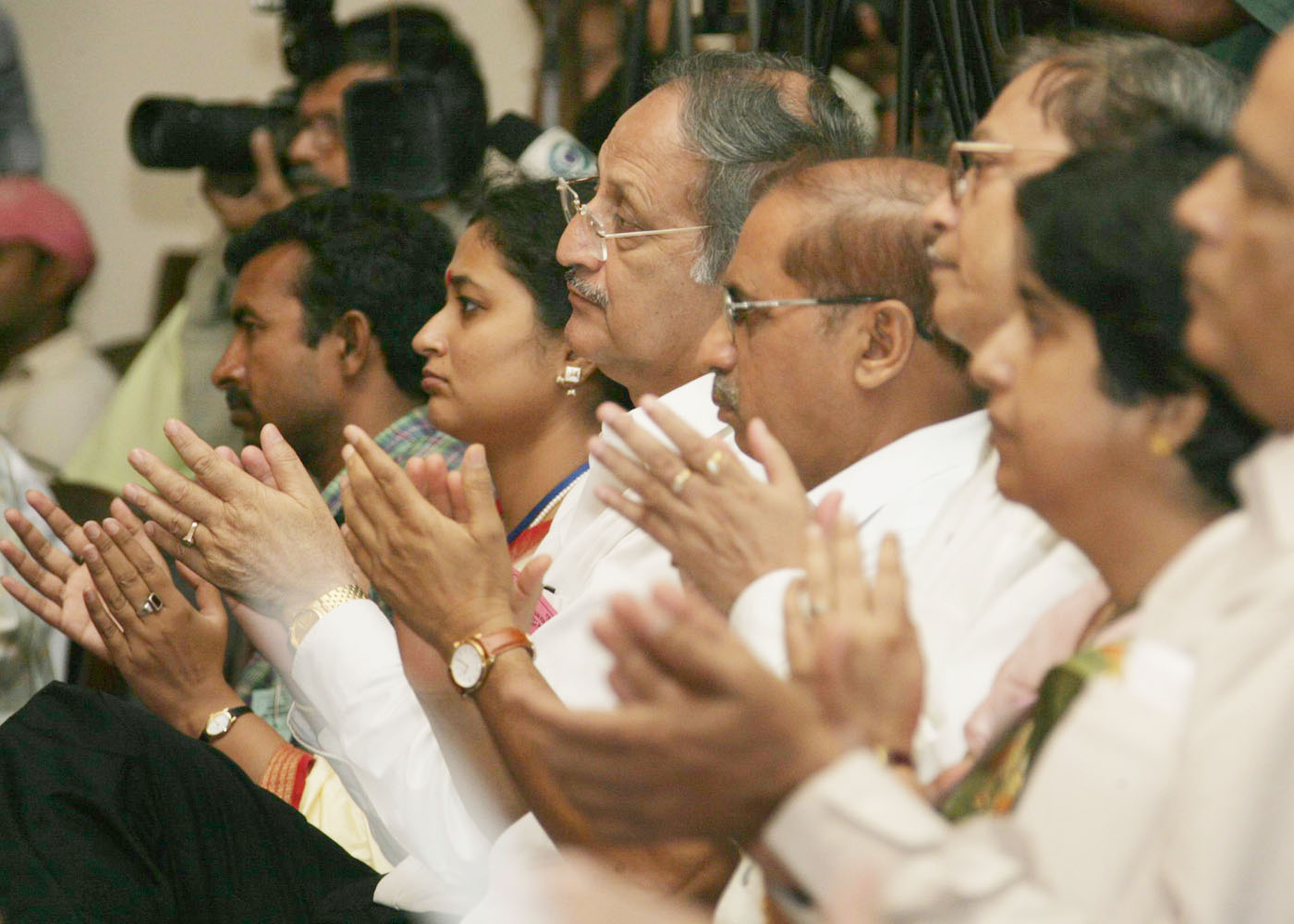

Question and Answer Session
1. Sir, if I wish to become someone as impact making as Mahatma Gandhi using Science & Technology, what should I do ?
- Mr. Jayadev Acharya, B.Tech Student
Ans: Mahatma Gandhi was insulted in a railway station in South Africa. This insult he took it as an injustice and the fighting for the injustice turned out to be a fight against apartheid. Later, it gave birth to Ahimsa Dharma. That became the tool for the fight against the British for realizing the freedom for the country. Similarly, as a student if you can work using science and technology to realize energy independence through path breaking discovery in nuclear technology, conversion of solar energy etc. you will always be remembered for this work by posterity.
2. Sir, we always get compared with China in Science & Technology. What in your opinion are India?s strengths and weaknesses ?
- Mr. G. Sreechakra, M.Tech Student
Ans: There is no point in comparing with any nation. We have to aspire to become the best in the world. For this our strength is we have 540 million youth who are below the age of twenty five. We have to create a confidence in them that ?I can do it?. With that spirit, I am sure our youth will produce scientific discoveries and technological application which will be world class.
3. Sir, materials science appears to be an exciting new area of research. Can you please throw some light on what we should focus on ?
- Ms. Soumi Ganguly, Ph.D. Fellow
Ans: We should focus on discovering our own alloy. The second area should be carbon composites. The third area is nano-materials which will have tremendous potential in the coming decades.
4. Sir, can you give us an idea on how we can make advanced medical science & technology affordable to the billions of poor Indians ?
- Dr. Ponraj, M.M.S.T. Student
Ans: As far as medicine is concerned, Indian medicines are cheapest in the world. However, the medical equipment are all costly since many of them are imported. The inauguration of B.C. Roy Multi-speciality Research Centre should be able to work in the areas of medical equipment so that the diagnostic and treatment equipment are available at low costs to our hospital. In addition, we must also work in converting our molecules into drugs.
5. Sir, you are probably the most knowledgeable person on the obstacles that Indian scientists and engineers have to face to achieve their dreams for the nation. Can you please enlighten us on how we can tackle and overcome these impediments ?
- Dr. Koel Chaudhar
Ans: When you work on a challenging problem you are bound to face number of obstacles. As a youth of our nation you should not allow problems to become your master. You should become the master of the problem and succeed. If you take this approach, I am sure no impediment will be an impediment for you.
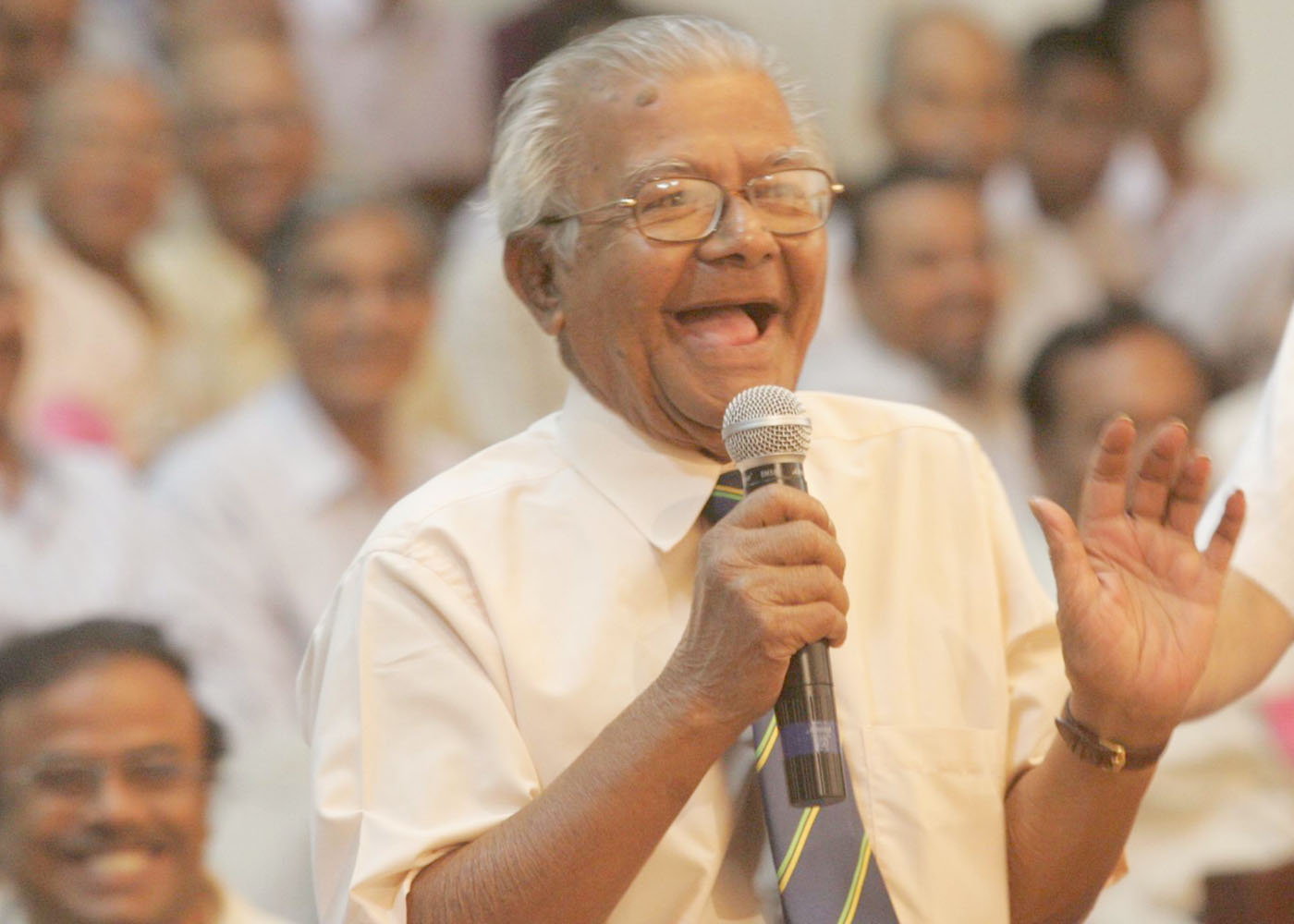
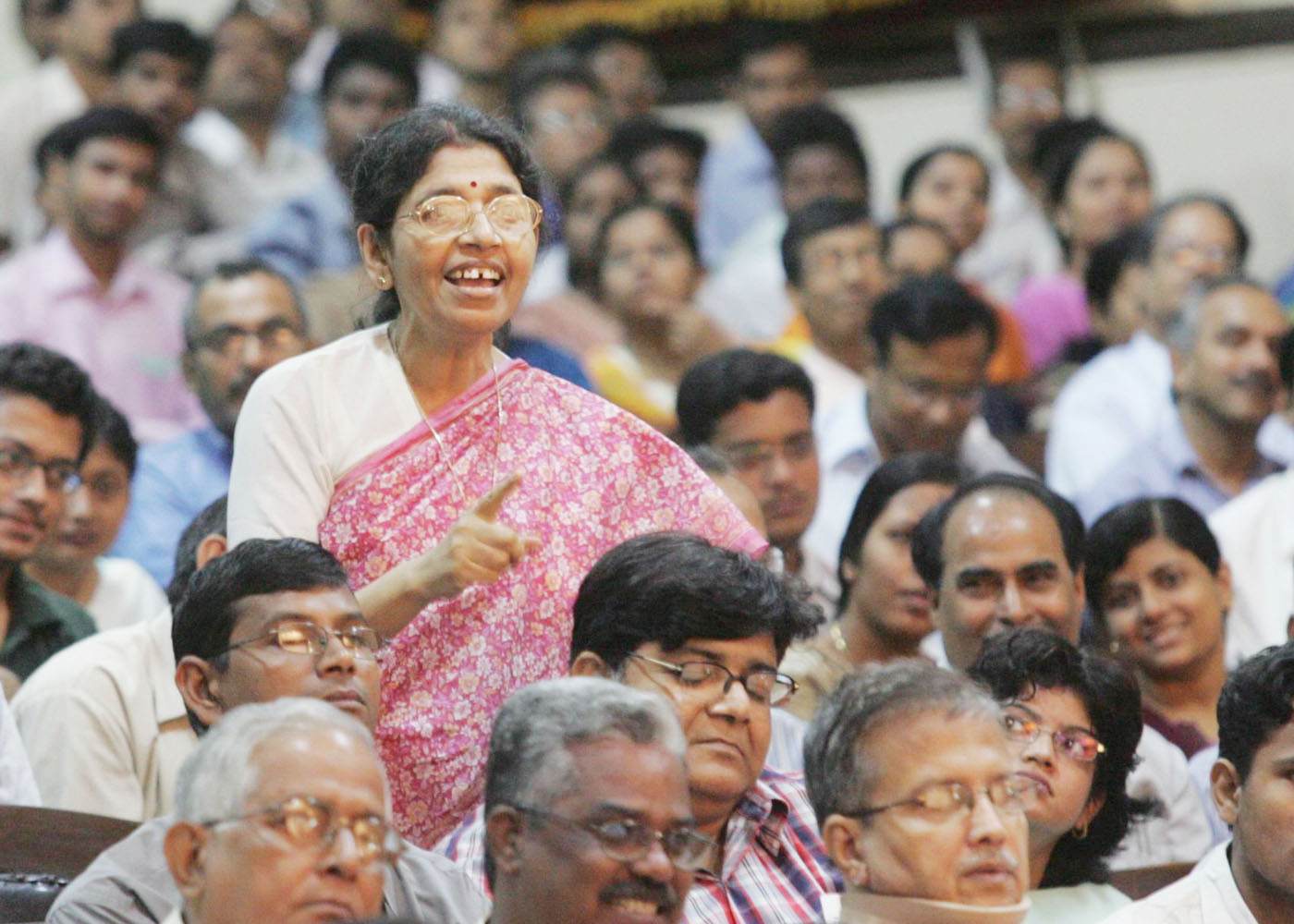

Seven Point Oath
1. I realize, I have to set a goal in my life. To achieve the goal, I will acquire the knowledge, I will work hard, and when the problem occurs, I have to defeat the problem and succeed.
2. As a youth of my nation, I will work and work with courage to achieve success in all my tasks and enjoy the success of others.
3. I shall always keep myself, my home, my surroundings, neighbourhood and environment clean and tidy.
4. I realize righteousness in the heart leads to beauty in the character, beauty in the character brings harmony in the home, harmony in the home leads to order in the nation and order in the nation leads to peace in the world.
5. I will lead an honest life free from all corruption and will set an example for others to adopt a righteous way of life.
6. I will light the lamp of knowledge in the nation and ensure that it remains lit for ever.
7. I realize, whatever work I do if I do the
best, I am contributing towards realizing the vision of developed India before 2020.

Dr. A. P. J. Abdul Kalam
<<Back
|
|